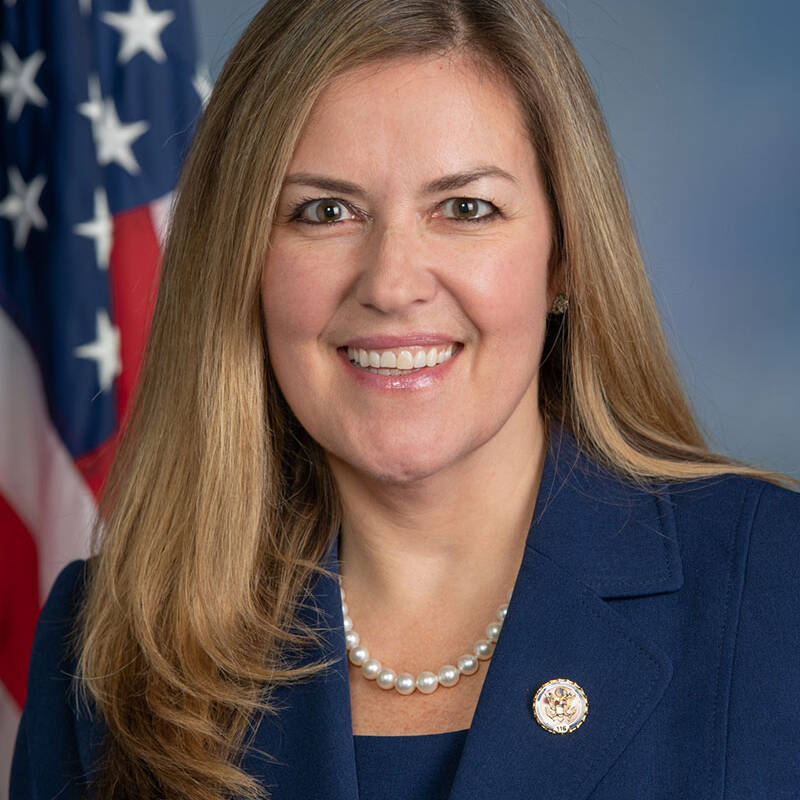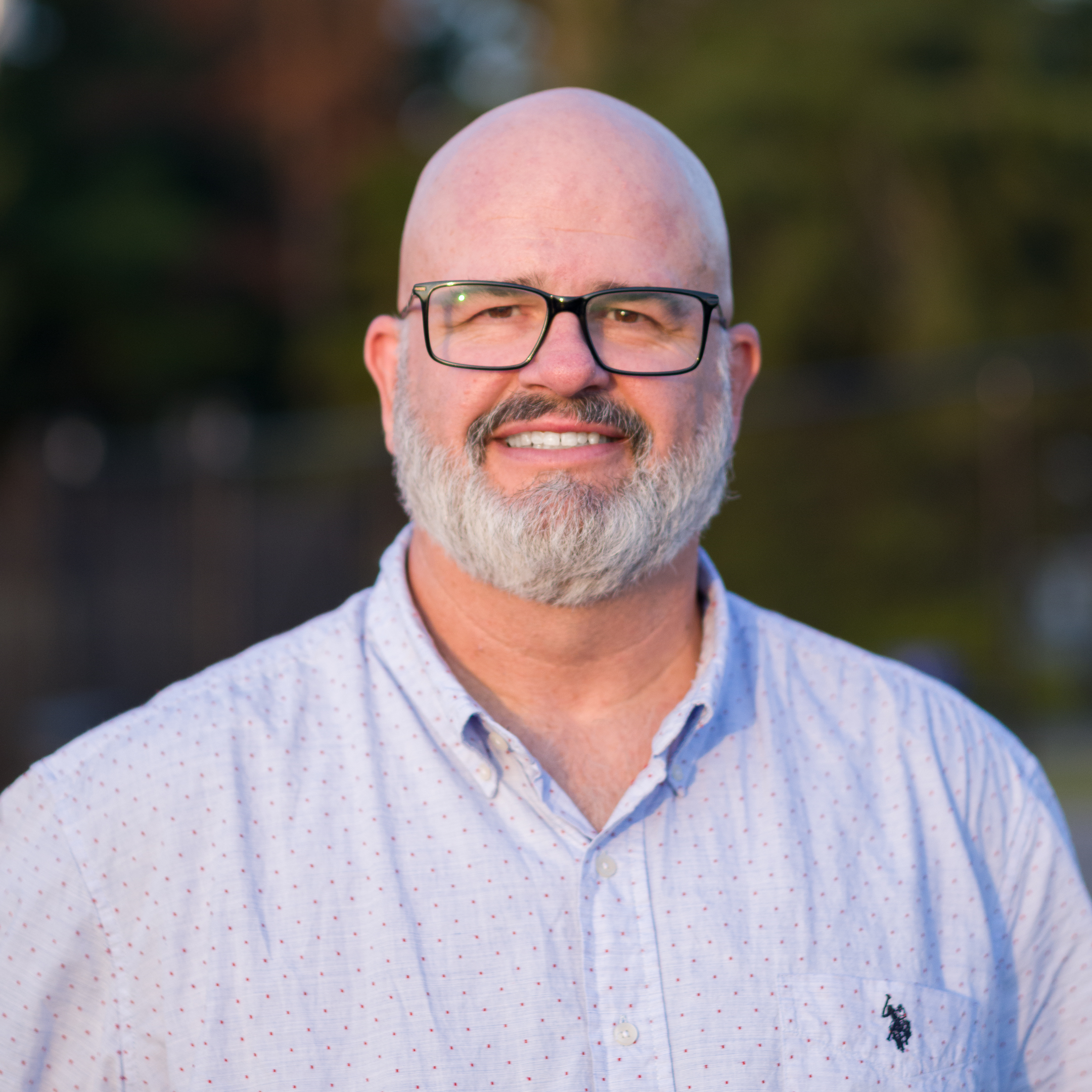California’s Latino Communities Most at Risk From Exposure to Brain-Damaging Weed Killer
By Liza Gross
This article was originally published in Inside Climate News
Image Credit: George Rose/Getty Images
March 27, 2024
Growers’ use of the neurotoxic weed killer paraquat is concentrated in just five agricultural counties, leaving low-income Latinos disproportionately exposed to a chemical linked to Parkinson’s disease, a new analysis shows.
Evidence linking one of the nation’s most widely used commercial weed killers to Parkinson’s disease first emerged in the 1980s. Yet, even as mounting evidenceshows the potent compound destroys brain cells as reliably as it dispatches weeds, federal and state regulators still allow growers to spray millions of pounds of the chemical every year.
California growers sprayed more than 5 million pounds of paraquat between 2017 and 2021, the most recent year recorded, with two-thirds of applications concentrated in just five of the state’s top agricultural counties, where most residents are Latino and low-income, a new analysis from the Environmental Working Group shows.
“Few pesticides are more toxic than paraquat,” said Scott Faber, senior vice president of government affairs at EWG. “And it’s used heavily in California, in poor Latino communities in particular.”
EWG focused on paraquat because both California and federal regulators are considering petitions to end the use of what the environmental nonprofit considers an unacceptably toxic substance. The weed killer has also been linked to several types of cancer as well as leukemia in children exposed in the womb.
In deciding whether to re-register paraquat, the U.S. Environmental Protection Agency is underestimating its link to Parkinson’s disease, Faber said, particularly for farmworkers who aren’t pesticide applicators but could be exposed while working and people who live near fields who aren’t farmworkers.
“As regulators are thinking about whether or not to ban the use of paraquat,” Faber said, “I thought it was really important to bring to light the disproportionate impacts and the disproportionate risk that paraquat poses to people, especially the risk of Parkinson’s disease.”
The EPA completed a paraquat registration review and issued an interim decision in the summer of 2021, which included some new mitigation measures. But it left people exposed to elevated risks and didn’t consider Parkinson’s disease, said Jonathan Kalmuss-Katz, a senior attorney with the nonprofit Earthjustice.
Kalmuss-Katz and his colleagues filed a suit against the EPA on behalf of the Michael J. Fox Foundation for Parkinson’s Research and several farmworker and environmental organizations in the fall of 2021. EWG is not a party to the suit.
Earthjustice alleged that the registration review decision and re-approval of paraquat registration violated the Federal Insecticide, Fungicide and Rodenticide Act, or FIFRA, which says pesticides must not cause unreasonable risk to human health or the environment.
Instead of responding to the brief, the EPA reran its analyses, Kalmuss-Katz said. The agency released its preliminary reassessment earlier this year for public comment, which ends April 1.
The reassessment is “incredibly disappointing,” Kalmuss-Katz said. “They are continuing to overlook overwhelming evidence of the connection between paraquat and Parkinson’s disease, they still have not looked at all relevant exposure pathways and they still have not justified their decision to leave farmworkers and the environment exposed to these extremely elevated risks.”
A team of scientists at the California-based Parkinson’s Institute, the National Institutes of Health and other organizations showed 13 years ago that California farmers exposed to paraquat had two-and-a-half times more risk of developing Parkinson’s disease than unexposed people. Just last month UCLA researchers showed that people exposed to paraquat at home or work in three counties—Kern, Fresno and Tulare—had a higher risk of developing Parkinson’s.
The risk was nearly double for people who lived within 1,640 feet of paraquat-treated fields. More than 20 studies in people have linked paraquat to Parkinson’s, which are supported by numerous animal studies.
“You don’t need to be a farmer, you don’t need to be a pesticide applicator to be at risk,” said neurology professor Ray Dorsey, a leading Parkinson’s expert and director of the Center for Human Experimental Therapeutics at the University of Rochester.
Internal documents show the manufacturer considers studies of paraquat’s harm as threatening its “freedom to sell,” Dorsey said. “I don’t think that freedom to sell should extend to freedom to harm people, including those who aren’t even engaging in applying paraquat,” he said. “People who are just living in their communities are being subjected to toxic chemicals that they and their children are inhaling and putting them in all likelihood at increased risk for Parkinson’s disease.”
Syngenta, which makes paraquat, maintains that its herbicide is safe and effective.
Farmers spray soil with paraquat to kill weeds before planting diverse crops, including nuts, corn, soybeans, grapes and cotton. Paraquat applications tripled nationally from more than 5 million pounds a year in 1992 to 18 million pounds in 2018, with soybeans, corn and cotton driving the increase, the most recent U.S. Geological Service records show.
“You don’t need to be a farmer, you don’t need to be a pesticide applicator to be at risk.”
In California, farmers applied paraquat to 6 million acres of almonds, walnuts, peaches, tangerines and wine grapes, among other crops, between 2017 and 2021, with close to 1 million acres in Kern County alone.
“A ton of paraquat” is being sprayed in Kern County’s Shafter and Wasco, in particular, said EWG’s Al Rabine, a geographic spatial analyst who did the pesticide mapping. The percentage of Latinos in both towns is more than 80 percent and the poverty rates are above 20 percent.
Rabine was surprised at how intense the spraying was in both towns. “We want all people to live and work in communities where they feel safe,” he said, adding that seeing Latino communities inundated with paraquat was “really eye opening.”
In those communities, Rabine said, the colors representing the volumes of paraquat applied on the maps he created “just light up.”
Frozen Addicts
In 1982, a young neurologist named William Langston fielded an urgent plea for advice from the chief resident at a Stanford teaching facility in San Jose. The residents were perplexed by a man who was totally unresponsive yet appeared alert. The patient’s arm remained stubbornly upright after a physician raised it, and he displayed a “lead pipe rigidity” Langston recognized as Parkinson’s. Yet his symptoms had appeared overnight.
When the doctors learned of six similar cases, they discovered the patients had all used a novel synthetic heroin that had surfaced in Northern California. Langston and his colleagues obtained samples of the new drug and identified the likely culprit as MPTP, a byproduct of the synthetic opioid, which he suspected destroys brain cells. Their results were published in the journal Science, and Langston later confirmed his suspicions that MPTP does kill brain cells.
The supplier of MPTP ran out of the compound within hours of publication, as scientists realized its research value. MPTP is so effective at producing Parkinson’s-like symptoms it became a staple in lab studies of the disease.

As researchers began to study how environmental exposures might cause Parkinson’s, they noticed what Langston called a “striking similarity” between the structure of MPPP—a by-product of MPTP after it passes the blood-brain barrier—and paraquat. The weed killer also produced similar neurological damage in animal models.
Chemicals with similar structures tend to have similar properties, which is why scientists have urged the EPA to take a class approach to restricting use of chemicals known to cause harm.
Paraquat is banned in more than 60 countries, including those in the 27-member European Union, which outlawed the herbicide in 2007, citing a failure to protectpeople and wildlife. Syngenta is owned by the Chinese-based company ChemChina and manufactures its weed killer in the United Kingdom. Yet its use is prohibited in both countries.
Documents unearthed by the Guardian show that the manufacturer did research on rats, mice and rabbits, showing that high doses of paraquat produces the clinical features of Parkinson’s disease, Dorsey said. “And they did that research in the 1960s.”
“Everything the company knew academic researchers have been able to replicate 30 years later,” he said. “And every day we’re sowing the seeds of Parkinson’s disease in the United States and around the world as countries like England refuse to use paraquat but have no problem exporting it to Mexico and the United States.”
Syngenta told the Guardian that recent reviews by regulatory authorities continue to show that paraquat is safe. In 2021, the chemical giant reported paying $187.5 million to settle claims from people alleging harm in exchange for dismissing all pending cases handled by the lead attorney.
A Broken Regulatory System
As the evidence of paraquat’s harm continues to grow, the potent neurotoxin remains one of the most widely used weed killers in the nation. The global market, valued at $116 million in 2022, is expected to expand, according to market research firm Verified Market Reports.
When the law that governs pesticide use was enacted nearly 100 years ago, it was designed to protect farmers from snake oil salesmen, said EWG’s Faber, not to protect farmers and farmworkers from the toxic effects of pesticides.
Over time, FIFRA evolved from a statute designed to make sure pesticide products did what they claimed to do, Faber said, to one that ensures products do not pose an unreasonable risk of harm to people and the environment.
“Paraquat in some ways is really a perfect example of what’s broken about FIFRA,” said Faber. For one thing, he said, it requires a cost-benefit analysis of unreasonable risk that prioritizes farmers’ needs over those of farmworkers and their neighbors.
“If you were simply asking, is paraquat safe? The answer would clearly be no. But FIFRA doesn’t require us to answer that question,” he said. “It asks, Does paraquat pose an unreasonable risk when we consider the economic costs of prohibiting paraquat?”
The EPA concluded that the benefits to farmers outweigh the risks that many people will get Parkinson’s disease, he said. “We think that’s wrong.”
The EPA did not respond to requests to explain how it justifies allowing an herbicide on the market that is so good at causing Parkinson’s symptoms researchers use it to study the disease in the lab.
And because FIFRA is national in scope, Faber said, it doesn’t take into account the type of hotspots that Rabine identified, which leave people in places like Shafter disproportionately exposed.
“These are communities that are getting exposed to many environmental toxins, not just paraquat, including other pesticides that have been phased out elsewhere in the world but are still used in California and the rest of the United States,” Faber said. And that’s on top of many other environmental harms, including poor air and water quality.
Both Shafter and Wasco, which had the highest applications of paraquat in the state, also have the highest exposures to PM2.5, a leading cause of heart attacks and early death, state records show. Exposure to PM2.5 in Kern, Fresno and Tulare counties also raises the risk of Parkinson’s, researchers reported in January.
That’s exactly why states like California not only can but must provide an extra layer of protection, Faber said. Paraquat, he added, “is a prima facie case for why FIFRA must be supplemented by state and local action.”
California’s Department of Pesticide Regulation evaluates pesticides for human health or environmental impacts before they can be registered for sale or use in the state, said department spokesperson Leia Bailey.
After proposing renewed paraquat registrations in 2023, the department received more than 4,000 comments, including requests to reevaluate, suspend or cancel paraquat products, which its scientists are reviewing along with 40 scientific studies regarding human health and ecotoxicology impacts, Bailey said.
“We have an agricultural system where everybody eats and everybody wears clothes made from cotton, but the people who pay the cost for that are overwhelmingly immigrant and Latino farmworkers who are just bearing unbelievable harm,” said Earthjustice’s Kalmuss-Katz.
“Our society tolerates levels of risk in California’s Central Valley that it would never tolerate in the neighborhoods that ring Central Park,” he added. “That has everything to do with race and class. And it is completely unacceptable.”
























